

Volume 102
Published on June 2025Volume title: Proceedings of ICEGEE 2025 Symposium: Impact of Technological Innovation on Energy Efficiency in European Countries
Hydrogen sulfide (H₂S), as a critical gasotransmitter, plays a dual role in regulating tumor growth depending on its concentration and tumor type. In nasopharyngeal carcinoma (NPC), systematic reviews have demonstrated the involvement of H₂S in multiple cellular processes, including cell proliferation, apoptosis, and metastasis. This study systematically explores the molecular mechanisms of H₂S in NPC, focusing on its role in modulating signaling pathways, for example, PI3K/AKT, Wnt/β-catenin, and ROS-mediated pathways. The findings indicate that H₂S exerts its effects by regulating the expression of oncogenes and tumor suppressor genes, altering the tumor microenvironment, and influencing mitochondrial function. These insights provide a foundation for novel therapeutic strategies targeting H₂S metabolism in NPC.

 View pdf
View pdf


In the context of rising global CO₂ content, Carbon Capture, Utilization and Storage (CCUS) has come into people's attention because it can effectively reduce atmospheric CO₂ content. CCUS is mainly divided into three steps: capture, utilization and storage. Researchers have developed corresponding technologies that can improve efficiency and reduce losses in each link, and mature demonstration projects have emerged. However, the current development of CCUS still faces many difficulties, such as the technology is not mature enough, the integration level is low, the investment cost is high, the relevant talent shortage, and the business model is not yet formed and unclear. However, researchers have proposed some feasible solutions. This paper focuses on the CCUS process, outstanding related technologies, and lists some demonstration projects. In addition, it also summarizes the problems and solutions facing the current development of CCUS. Finally, the future of CCUS is prospected.

 View pdf
View pdf


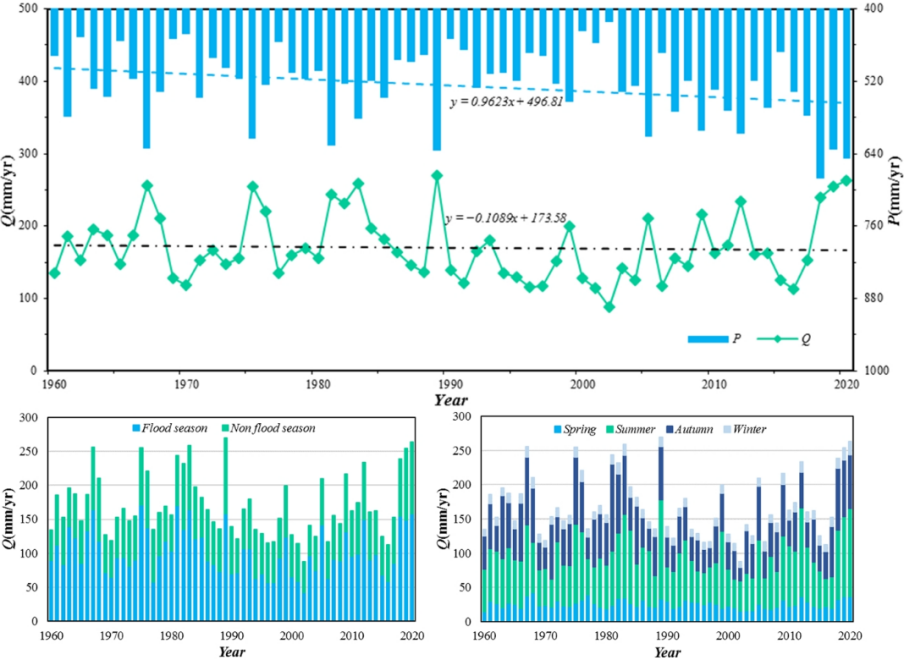
At 5,464 kilometers, the Yellow River is the second-longest river in China. It supports domestic, industrial, and agricultural water demands while passing through nine provinces, acting as northern China's lifeline. This paper's goal is to examine how net flow has changed recently in the Yellow River Basin and how climate change has affected it by examining data from earlier studies. This paper finds that the basin's sustainable growth and water security are significantly impacted by variations in the Yellow River's flow. According to the study, the Yellow River's flow generally exhibits a declining tendency, particularly in the upstream region and during the period of ample water, even though precipitation has increased. The primary cause is climate change, which has a substantial impact on runoff due to altered precipitation patterns (a decrease of around 11.29% in the percentage of snowfall) and temperature increases (up to 30% in some places). While vegetation degradation made water scarcity worse by lowering soil water storage capacity and wetland management, decreased snow and ice melt contributions, and increased evapotranspiration further weakened runoff. Future scenario projections indicate that runoff depth in the Yellow River Basin will generally grow, but the source area and the northwest region are probably going to experience increasingly severe water resource stress. Therefore, it is advised that ecological preservation, efficient water resource allocation, and adaptive management techniques be used to improve the basin's sustainable water resource use.

 View pdf
View pdf



PM2.5 is fine particulate matter with a diameter of ≤2.5 microns, which can penetrate deep into the respiratory tract and alveoli, causing respiratory and CVD, and thus leading to premature death. Remote sensing technology can break through the limitations of ground monitoring stations to achieve seamless monitoring of the region, clearly presenting the gradient of spatial distribution of PM2.5 concentration and identifying pollution hotspots. This paper analyses the changes of PM2.5 pollution in Wansheng Economic Development Zone (WEDZ), from 2006 to 2023 based on the PM2.5 data in China High Air Pollutants dataset, in terms of the temporal evolution pattern, the spatial distribution characteristics, and its spatial centre of gravity migration, respectively. The results show that on the time scale, PM2.5 pollution in the study area shows a U-shaped trend, with higher concentrations at the beginning and end of each year, and with obvious seasonal characteristics, high in winter and low in spring; spatially, PM2.5 concentrations in the WEDZ are high in the northwest and low in the southeast; the spatial centre of gravity of PM2.5 concentrations fluctuates in different years, but the overall trend shows a slow migration towards the northwest, reflecting that the centre of gravity of pollution is gradually moving away from the central living area. The total spatial and temporal distribution characteristics changed dramatically with time, indicating that the overall air quality in WEDZ is getting better year by year, and the air pollution management measures have achieved certain results.

 View pdf
View pdf


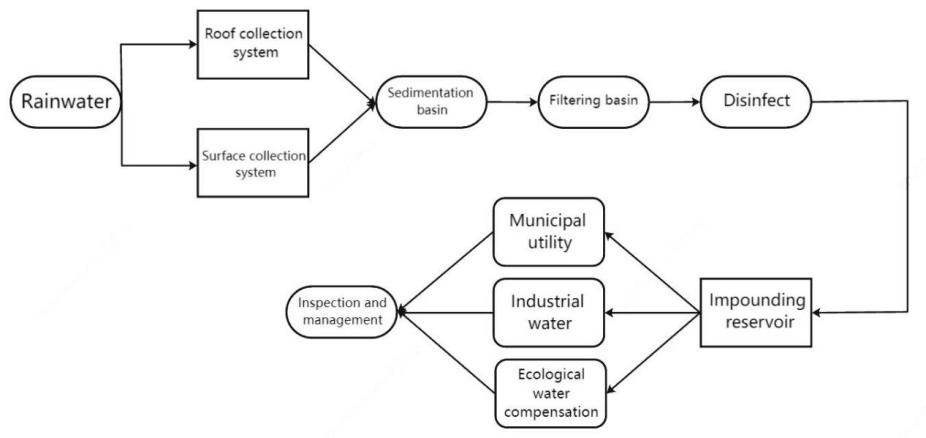
As an important economic zone in southern China, the Pearl River Basin is faced with the challenges of uneven distribution of water resources in time and space, the contradiction between supply and demand exacerbated by urbanization, and water pollution. Taking Shenzhen City as a typical case, this paper focuses on urban rainwater resource utilization in the Pearl River Basin, and through the analysis of roof and ground rainwater collection technology, purification treatment process and diversified utilization ways, the rainwater resource technology system adapted to the monsoon climate characteristics of the Pearl River Basin is constructed, emphasizing the anti-typhoon, heavy rainfall treatment and the integrated design of "seepage, stagnation, storage, net, use and drainage". Shenzhen's experience shows that policy support, technological innovation and public participation are key to the success of rainwater recycling. The utilization of rainwater resources in the Pearl River Basin should be combined with local climate, economic and geographical conditions, and intelligent monitoring, low-cost purification technology and innovative financing models should be developed in the future. Although the technology system has achieved remarkable results in highly urbanized areas, its popularization in low-urbanized areas still needs further research. This study provides a sustainable water resource management plan for the Pearl River Basin and similar climate zones, which has both economic and ecological value, and provides a technical reference for coping with extreme rainfall under climate change.

 View pdf
View pdf


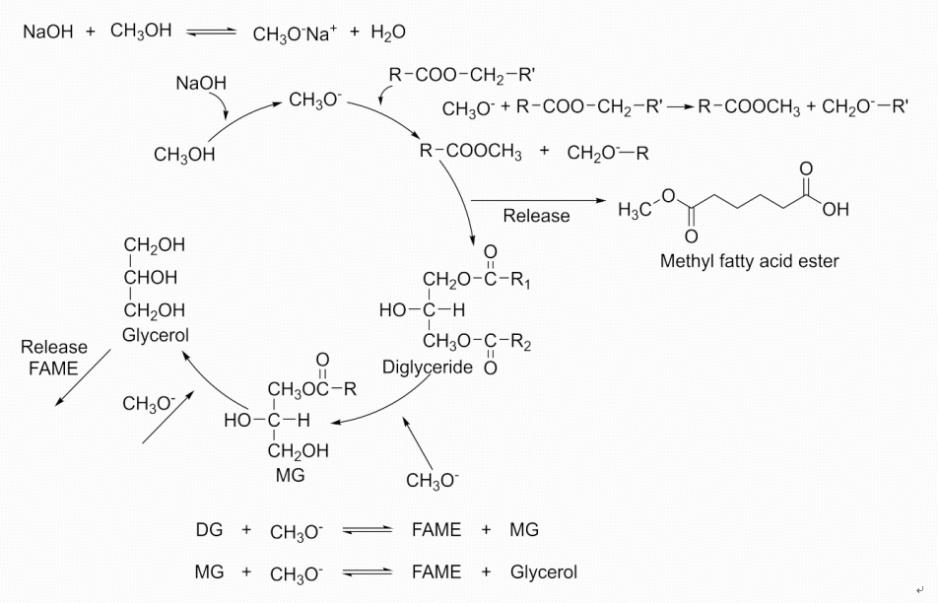
With increasing global concerns over environmental pollution and resource sustainability, green chemistry has become the core direction of the transformation of the chemical industry. Traditional catalytic processes often rely on highly toxic metals and corrosive reagents, resulting in significant environmental burdens. Therefore, developing efficient, recyclable and environmentally friendly green catalysts is a key strategy for achieving atomically economical reactions, reducing waste generation and lowering energy consumption. In recent years, the development of new green catalytic systems has provided significant opportunities for sustainable chemical synthesis. This article reviews the application of catalysts in sustainable chemical reactions, focusing on the definition, classification, and application cases of green catalysts in different chemical reactions. Additionally, it analyzes the challenges faced by green catalyst technology and proposes corresponding solutions. Finally, the future development trends of green catalysts are explored. Through defined classification and diverse application cases, it highlights the technical advantages of high efficiency and environmental protection.

 View pdf
View pdf


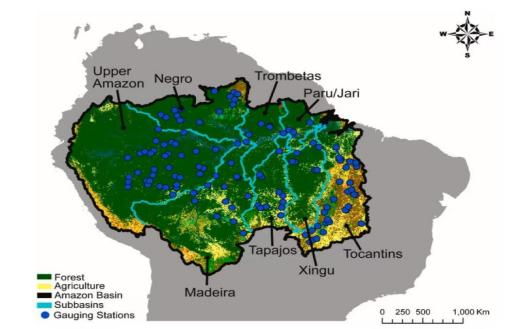
The Amazon Basin, a cornerstone of global ecology, is grappling with the conflict between water resource development and ecological protection. With booming economic activities like agriculture and hydropower projects, its delicate ecosystem is under threat. This thesis explores the use of green and blue water to mitigate pollution and drought caused by agricultural water use in the southeastern part of the Amazon region and to increase agricultural production. Key issues include water lack due to agricultural expansion, ecological damage from deforestation, and increased droughts linked to changing climate patterns. The study underscores the importance of implementing water use strategies that balance blue and green water to ensure sustainable agriculture and protect ecosystems. The findings suggest that precision irrigation, rainwater harvesting, and optimized water management are crucial for maintaining ecological stability and adapting to the challenges posed by climate change.

 View pdf
View pdf


Functional hypothalamic amenorrhea (FHA) is a prevalent yet understudied neuroendocrine disorder affecting adolescents and young women, particularly female athletes and individuals with eating disorders. Societal pressures promoting extreme leanness and intense athletic performance exacerbate FHA risks, yet research on tailored interventions remains limited. This meta-analysis synthesizes current evidence on FHA’s etiology, focusing on its dual triggers—psychological stress and energy deficiency—and evaluates multidisciplinary management strategies. The study aims to consolidate existing knowledge, identify gaps in care, and propose targeted solutions for high-risk populations. By analyzing five key studies, the paper reveals that FHA arises from hypothalamic-pituitary-ovarian axis suppression due to elevated cortisol, leptin deficiency, and disrupted kisspeptin signaling. Effective treatment requires integrated approaches: cognitive-behavioral therapy for stress reduction, nutritional rehabilitation for energy repletion, and exercise modification for athletes. The findings underscore the urgency of early intervention to prevent bone loss, cardiovascular risks, and infertility. Future research should prioritize randomized trials to validate personalized protocols and explore sociocultural influences on FHA development.

 View pdf
View pdf


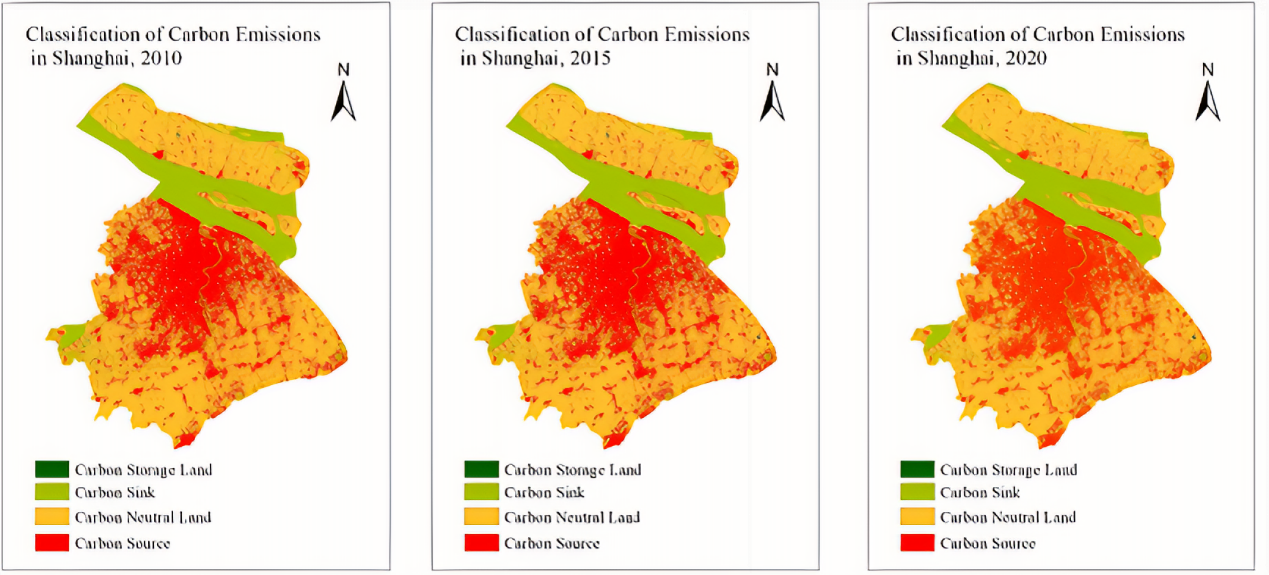
To increase the productivity of cities and the quality of life of human beings other than the environment, urban land is constantly expanding and compressing and destroying the original ecological environment. This paper takes Shanghai as an example and analyses the influence of urban land use changes on the trend of heat island effect and carbon distribution based on remote sensing data. This paper concludes that the land use of building land is still increasing, but the rate of increase has been reduced in recent years, and the heat island effect has also been significantly reduced after 2015. Although the distribution has not changed much, it has also reduced the carbon source area and total carbon emissions after 15 years. The Shanghai municipal government has paid more attention to environmental protection in recent years, such as implementing a policy of strictly controlling the size of construction land to reduce urban sprawl and protect ecological land. The analyses in this paper can help to predict future ecological and climate change in Shanghai, and can help to improve the land use structure and promote sustainable development in the city in the future.

 View pdf
View pdf


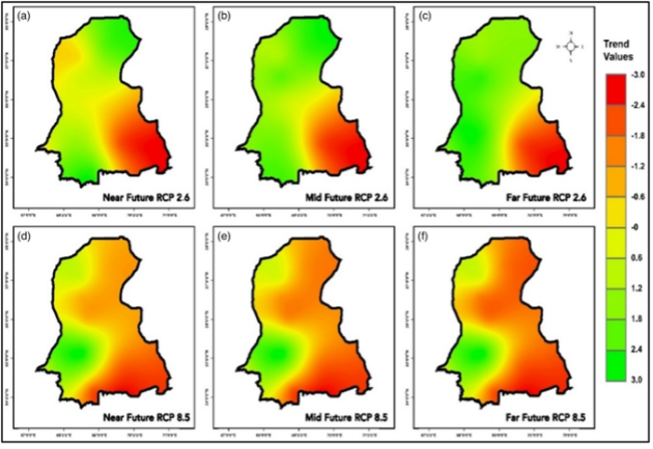
As an important estuarine wetland in South Asia, the Indus Delta is facing the dual challenges of climate change and human activities. This study focuses on the multidimensional impacts of extreme precipitation, increased droughts due to climate change, and human activities (e.g., irrigated agriculture, urban sprawl, and dam construction) on regional water resources and ecosystems. This paper discusses the causes of frequent flooding, increased soil salinization and coastal erosion in the delta region and related management strategy recommendations through literature analysis, case studies and geographic information technology. It is found that monsoon precipitation imbalance and poor irrigation management lead to an abnormal rise in the water table, which exacerbates salinization; urbanization expands impervious area, which weakens the natural drainage capacity and induces waterlogging; and the construction of upstream dams accelerates coastal degradation by altering the water-sand balance. The conclusions of the study emphasize the need for synergistic management through engineering measures, policy optimization and ecological restoration to address the sustainable development challenges of the delta.

 View pdf
View pdf




